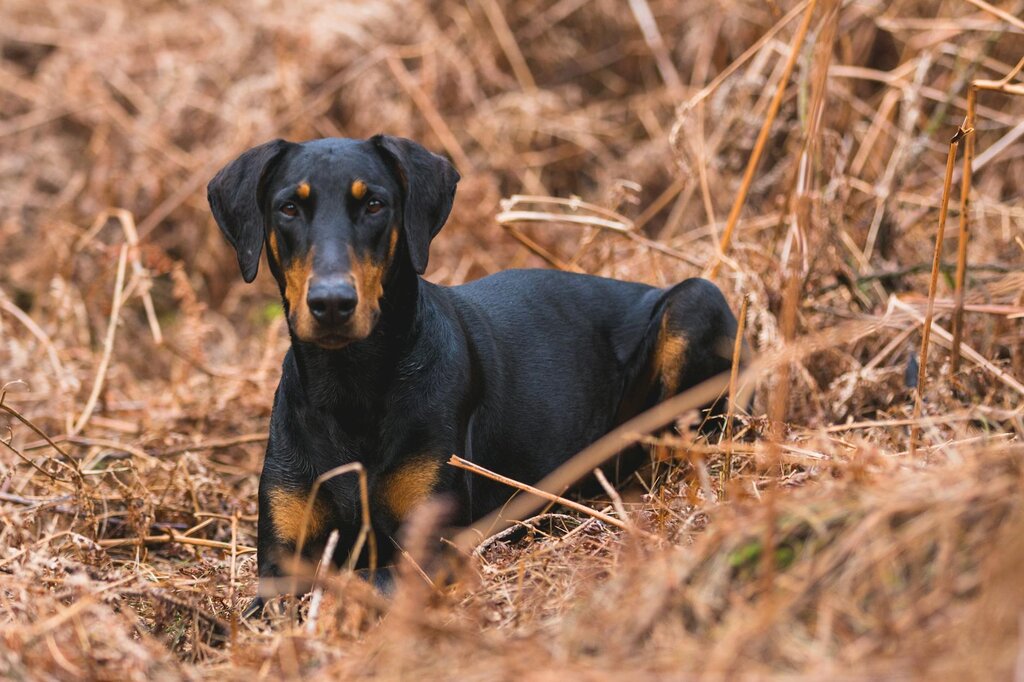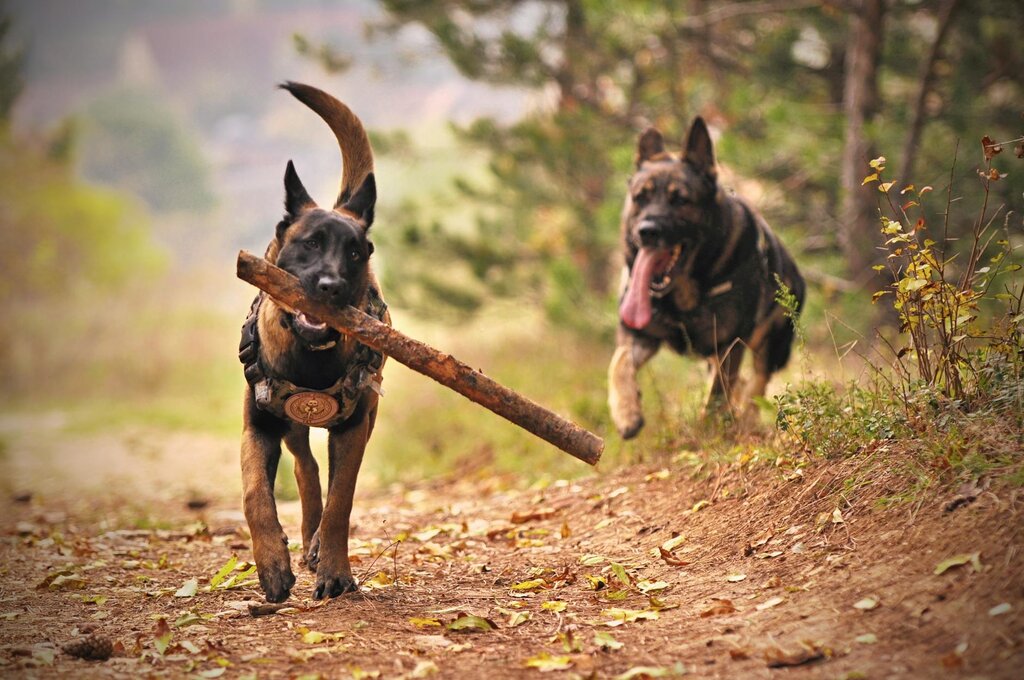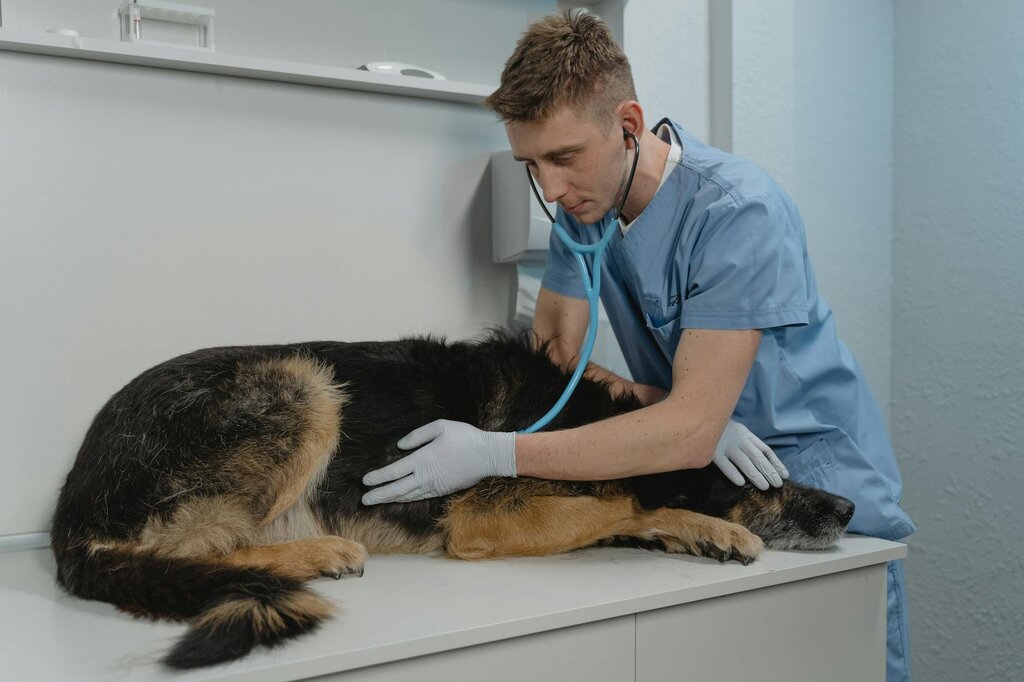What about elevated bowls? It used to be a common theory that elevated food bowls were better for dogs. However, some research - including a multi-year study at Purdue University - suggests that elevated bowls may actually increase your dog's risk of developing GDV and bloat. While further research is needed, it's best to avoid elevated bowls if your dog is a high risk breed!
2. Do not feed before or after exercise
Leave at least 30-60 minutes between food and exercise. The danger with exercise actually comes from the gulping of air - if your dog is panting and inhaling while they eat, their tummy can fill up with air and cause bloat.
3. Reduce Stress
Reducing stress, particularly around meal time, is important for reducing the occurrence of bloat. This is especially essential for dogs who are protective of their food and wolf it down quickly to prevent somebody else stealing it! To reduce stress, you may wish to keep your dog separate in a gated-off area such as their crate or a separate room.
4. Feed small portions frequently
Rather than feeding one large meal a day, break up their daily food into multiple small meals. This makes the stomach function slowly throughout the day. One large meal will force the stomach it to digest a lot quickly, which can lead to a larger quantity of gas and digesta, and consequently can cause bloat.
5. Slow down water intake
Hydration is important, but you don't want your dog to gorge themselves on water. A stomach distended full with water can promote bloat, particularly if your dog has eaten recently or is doing vigorous exercise. If your dog is out exercising - such as at the dog park or on a long walk - you may need to 'monitor' their water intake and restrict their drinking to encourage smaller sips.
When at home, you may like to invest in a slow drinking water bowl. A water fountain can help slow down your dog's drinking and encourage sipping. See our top recommendations below.
What are the best water fountains to prevent GDV?




